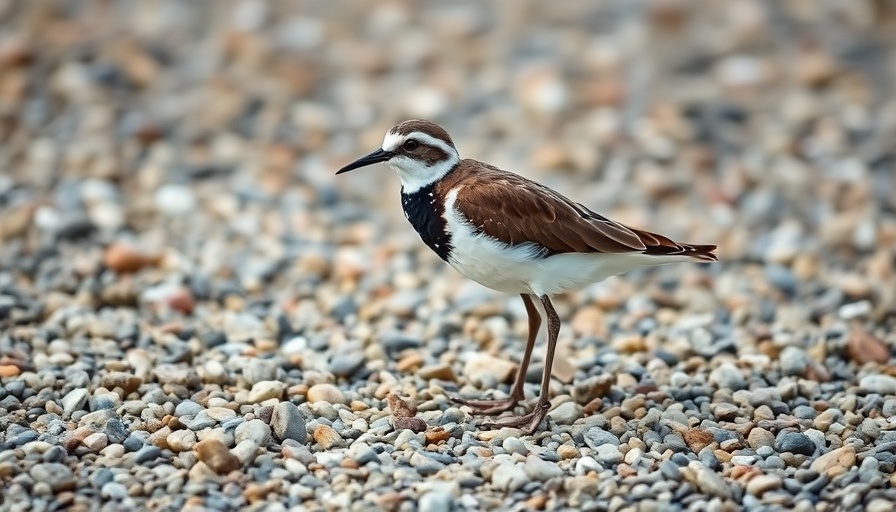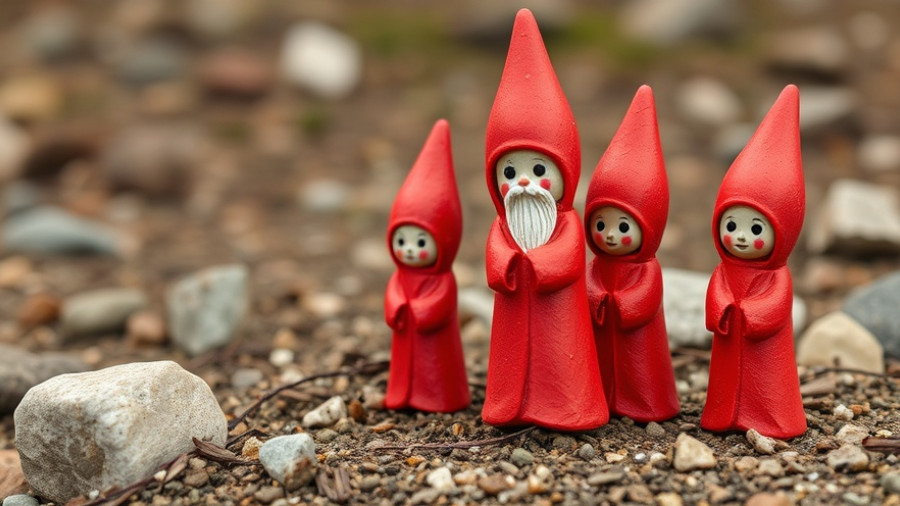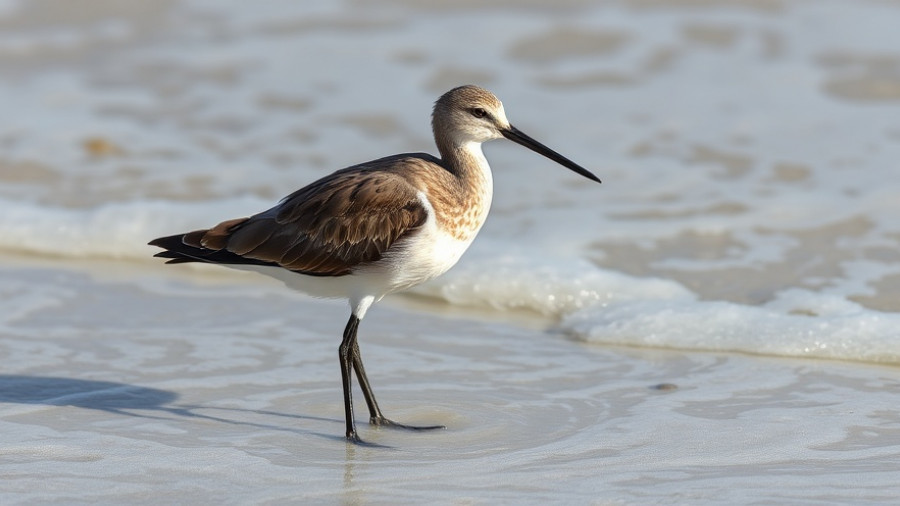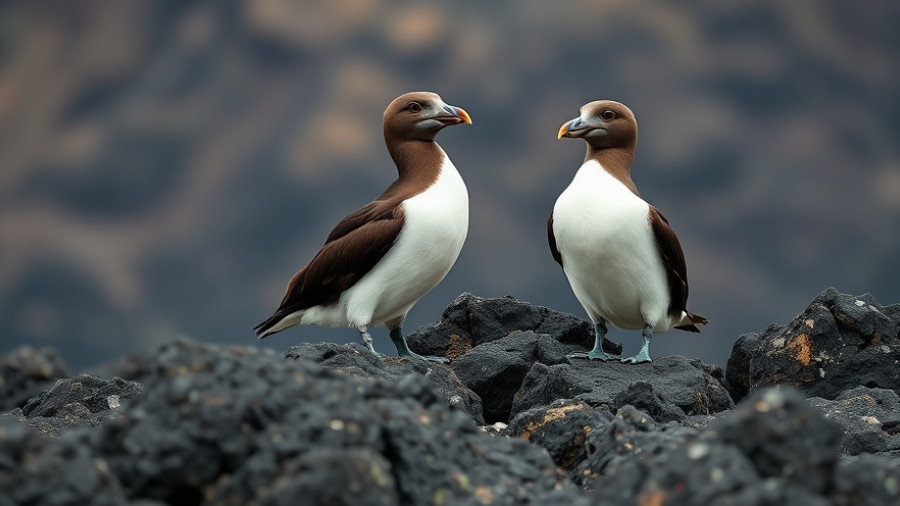
The Remarkable Journey of the Black-bellied Plover
In the vast expanse of the Arctic National Wildlife Refuge, June brings a spectacle of nature that captivates onlookers—the Black-bellied Plover (Pluvialis squatarola). This striking shorebird, known for its dramatic plumage featuring a black belly and a stark white head, has a unique breeding cycle that adapts to the land of the midnight sun.
Breeding happens at an astonishing pace here, where the continuous daylight allows Black-bellied Plovers to complete their entire breeding process in just a month and a half. Arriving in late April and May, these migratory birds settle into the tundra to build their nests directly on the ground. As attentive parents, the adult plovers lay four eggs and take turns incubating them. Miraculously, as soon as the chicks hatch, they are covered in down and ready to follow their parents on foraging expeditions at a remarkably young age.
The Mystique of Migration
As summer solstice approaches, something remarkable happens in the avian world—the adult Black-bellied Plovers begin their southward migration, leaving the newly hatched juveniles behind for about a month. What’s fascinating, however, is that these young birds seem to intrinsically know the migratory paths their parents have traveled, despite never having flown the route themselves. This innate navigation ability continues to puzzle scientists and birdwatchers alike, igniting curiosity about the migratory techniques of shorebirds.
Understanding Their Habitat
The Arctic National Wildlife Refuge serves not only as a breeding ground but as a vital habitat for various species. The refuge's expansive tundra provides necessary resources like food and nesting sites for the Black-bellied Plover. During their stay, they forage on insects and low vegetation, showcasing the delicate balance of the Arctic ecosystem. Protecting such habitats is essential to ensure that awe-inspiring species like the Black-bellied Plover continue to thrive.
Why You Should Care
The story of the Black-bellied Plover is not just about a bird; it mirrors the wider environmental challenges we face. With climate change threatening their breeding grounds and migration patterns, the survival of such species is intertwined with global ecological health. Understanding their journey urges us to act and participate in conservation efforts to preserve our natural heritage.
As you witness the changes in nature, consider how creatures like the Black-bellied Plover inspire a connection to our environment. Engage in local conservation activities or support initiatives that protect migratory paths and habitats. Together, we can ensure that future generations will hear the mournful call of the Black-bellied Plover echo across Alaska’s tundra, reminding us of nature’s magnificence.
 Add Row
Add Row  Add
Add 




Write A Comment